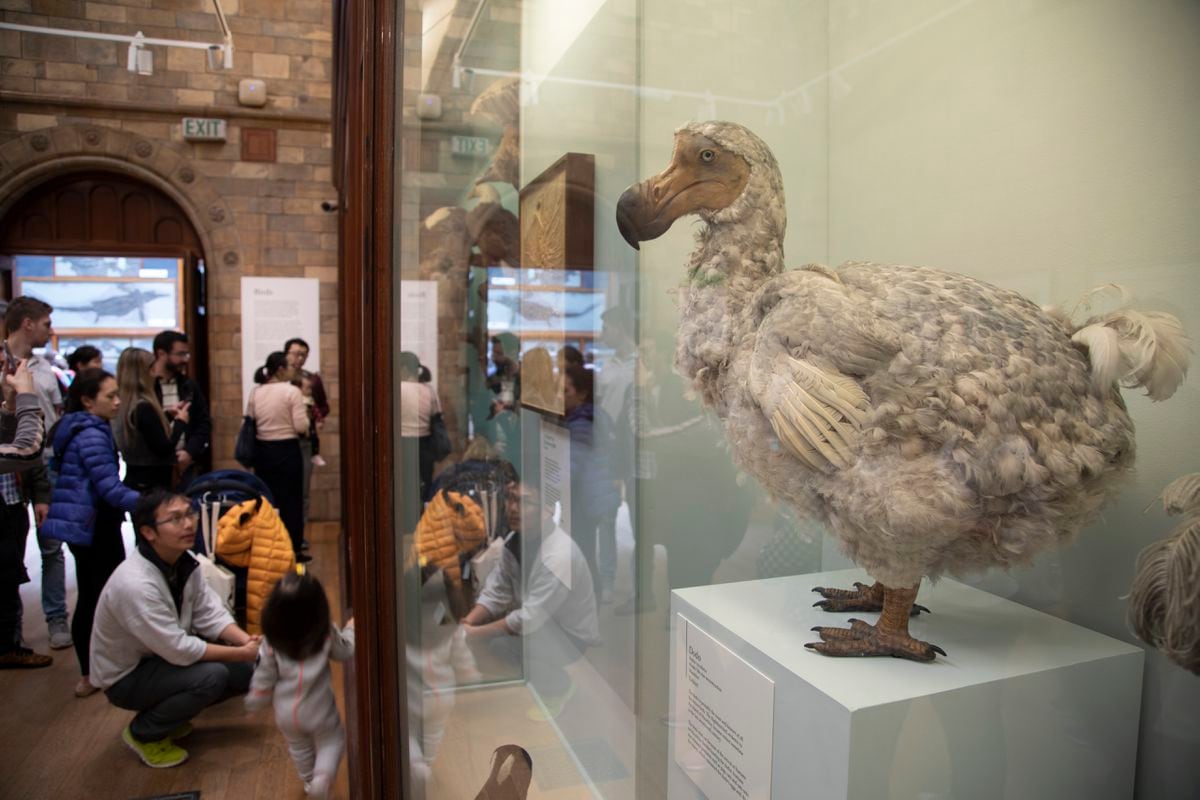Since humans began spreading across the world, they have caused the extinction of more than 1,400 bird species.New data published Tuesday in the journal nature communications That’s double the previous estimate. The equivalent of 12% of all bird species living today have disappeared. The study reveals the true scale of these waves of human-driven extinctions (due to deforestation, mass hunting and the introduction of invasive species) and their impact on biodiversity.
Because most known bird extinctions have occurred on islands, researchers used fossil records to estimate how many species went extinct on Fiji, Hawaii, New Zealand and other western Pacific islands. As a result, they calculated that 1,430 bird species have disappeared around the world since the late Pleistocene, which began 126,000 years ago, with most extinctions occurring in the past 11,700 years.
About 55% of these extinct species have not been discovered until now. Previous data focused on well-documented extinction events dating back more than 500 years. A team of scientists from Sweden’s University of Gothenburg, Spain’s Center for Forest Ecology and Applied Research, and other universities in Germany, the UK and Norway believes this approach underestimates the scale of the extinction. Because bird remains are more difficult to preserve and knowledge is very patchy in different parts of the world, some species may have become extinct before being recorded. So the researchers used a combination of statistical models to extrapolate the number from existing data on fossil remains. Ferran Sayol, a PhD in terrestrial ecology at the Autonomous University of Barcelona and co-author of the study, explains that humans have already caused the extinction of more than one in nine bird species, which could have serious ecological and evolutionary consequences. irreversible.
Birds perform different functions, such as toucans dispersing seeds, hummingbirds pollinating, or vultures recycling nutrients from carrion. The loss of bird species affects each ecosystem differently, but by losing their role or function, they can cause knock-on effects, such as plants no longer being able to disperse seeds or pollinate themselves; therefore, it also Extinct.
Three major mass extinctions
The study sheds light on some of the largest human-driven extinction waves in history. Sayol and his colleagues found that the strongest wave of extinctions occurred in the 14th century, associated with the first arrival of humans to islands in the eastern Pacific, including the Hawaiian Islands. According to the new study, the extinction rate during this period was 80 times higher than previously thought. Another wave of extinction occurred in the 9th century BC, driven by the arrival of humans from the western Pacific. Researchers estimate that the Pacific accounts for 61% of total bird extinctions; including iconic species such as the tall-billed crow and the sinoto lorikeet.
The study also highlights the wave of extinctions that have occurred since the mid-18th century. Since then, birds have had to face additional human threats, such as climate change, intensive agriculture and pollution, in addition to increased deforestation and the spread of invasive species. This wave is expected to be the largest, as up to 700 bird species could disappear within the next few hundred years.
Suyol explained that the current rate of extinction is 80 times faster than the natural rate of extinction. While this wave is still smaller than past waves, it is happening much faster, he said. Things that normally take millions of years to happen now take just a few hundred. “If we continue at our current pace, we can get there,” he said.
Ramn Mart, director of institutional development at the Spanish Ornithological Society, who was not involved in the study, said the new data reflected the extent of humanity’s footprint on nature.
The authors stress the need for greater conservation efforts to avoid further loss of biodiversity, as the findings highlight the critical status of birds worldwide and humans have a responsibility to protect diversity. Sayol hopes that by looking back in time and understanding more about how many species have been wiped out by humans, he can work to save those that remain.
register our weekly newsletter Get more English news coverage from EL PAS US
#Humans #driven #bird #species #extinction #previously #thought
Image Source : english.elpais.com
